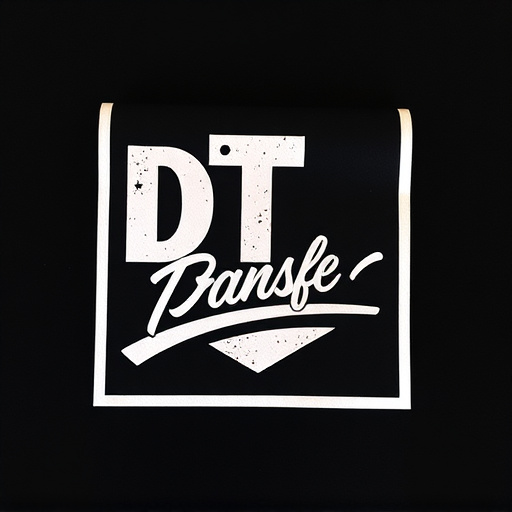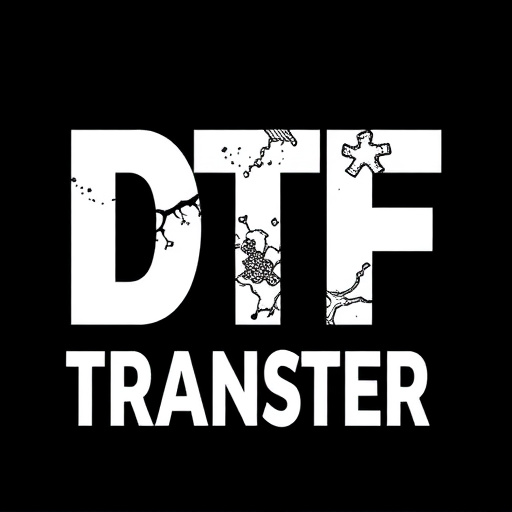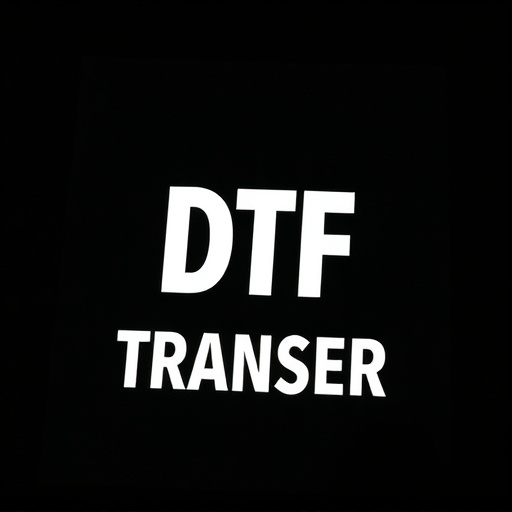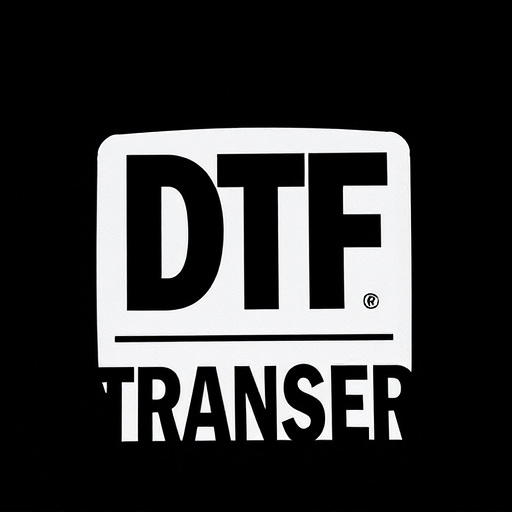Direct-to-Film (DTF) transfers are revolutionizing image reproduction and preservation in film restoration and animation by directly transferring images onto film stock without intermediate steps, resulting in high-quality prints with intricate details, vibrant colors, and textures. Special materials enhance color reproduction and ensure accurate, durable results, catering to printing, packaging, and signage industries. The ideal ink-holding substrate for DTF transfers has a smooth surface, is compatible with various inks, resistant to absorption, maintains vibrant colors, flexible, durable, and fade-resistant. Key material options include polyester film, vinyl, and special paper formulations, offering diverse applications from outdoor signs to artistic renderings. Selecting the right material based on ink type, film format, environmental conditions, and budget is crucial for achieving exceptional DTF transfer outcomes.
Direct-to-film (DTF) transfers offer a cutting-edge solution for creating high-quality, durable prints on various surfaces. At the heart of this process are special materials designed to hold ink, enabling precise and vibrant image reproduction. This article delves into the intricacies of DTF technology, exploring the role of specialized materials, their key properties, common options, advantages, and limitations. By understanding these factors, you’ll be equipped to select the ideal material for your DTF projects, ensuring exceptional outcomes.
- Understanding Direct-to-Film (DTF) Transfers: A Brief Overview
- The Role of Special Materials in DTF Processes
- Properties of Ideal Ink-Holding Substrates for DTF
- Common Material Options for DTF Transfer Applications
- Advantages and Limitations of Using Specialized DTF Materials
- Best Practices for Selecting the Right Material for Your DTF Project
Understanding Direct-to-Film (DTF) Transfers: A Brief Overview
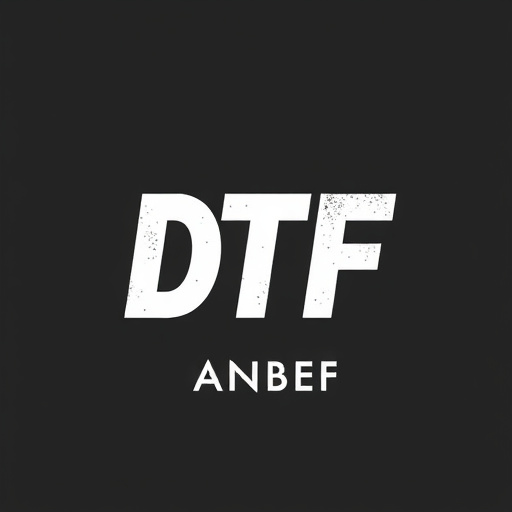
Direct-to-Film (DTF) transfers are a cutting-edge method revolutionizing the way we reproduce and preserve images, especially in the realm of film restoration and animation. This process involves transferring an image or artwork directly onto film stock without any intermediate steps, creating a unique and high-quality print. The beauty of DTF lies in its ability to capture intricate details, vibrant colors, and textures, offering a truly exceptional visual experience.
This technique is particularly valuable for filmmakers, artists, and enthusiasts aiming to recreate vintage films or animate classic illustrations with precision. By using specialized materials that hold ink, the transfer process ensures a precise and long-lasting imprint on the film, allowing for intricate designs and fine lines to be captured flawlessly. DTF transfers are not just about reproduction; they add a layer of artistry, making each piece a unique work of art.
The Role of Special Materials in DTF Processes

Special materials play a pivotal role in Direct-to-Film (DTF) transfers, revolutionizing the way we reproduce and enhance visual content. These innovative materials are designed to hold ink effectively, enabling precise and vibrant color reproduction on various surfaces. By facilitating the DTF process, they ensure that images, text, and designs are accurately transferred onto film or other media, maintaining their original quality and aesthetic appeal.
The key advantage lies in their ability to withstand the high-pressure application of ink during transfer, ensuring smudge-free and long-lasting results. This is particularly crucial for industries such as printing, packaging, and signage, where accuracy and durability are paramount. With special materials leading the way, DTF transfers have become a game-changer, offering efficient, cost-effective, and high-quality solutions for modern-day visual communication needs.
Properties of Ideal Ink-Holding Substrates for DTF
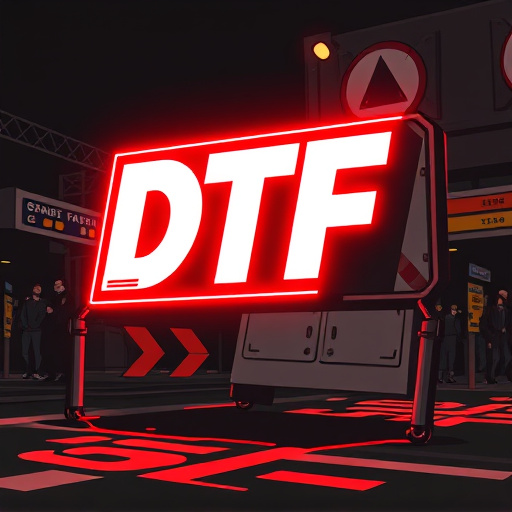
For direct-to-film (DTF) transfers, the ideal ink-holding substrate needs to possess several key properties. First and foremost, it should have a smooth surface that allows for precise ink application and even distribution. This ensures high-resolution prints with consistent color accuracy, which is particularly important for detailed designs and intricate patterns. Additionally, the material must be compatible with various inks, resisting absorption and ensuring the ink adheres firmly while maintaining its vibrancy.
Flexibility is another critical attribute. The substrate should be able to conform to the surface of the film without causing distortions or wrinkles, facilitating a seamless transfer process. Moreover, it needs to be durable enough to withstand handling and environmental factors without compromising integrity, which is crucial for ensuring long-lasting prints on various materials. These properties collectively contribute to successful DTF transfers, delivering high-quality outcomes every time.
Common Material Options for DTF Transfer Applications

When it comes to direct-to-film (DTF) transfers, several special materials are designed to hold ink effectively for superior results. Common options include polyester film, vinyl, and specific paper formulations tailored for DTF printing. Polyester films stand out for their durability and resistance to fading, making them ideal for outdoor applications or images meant to last long periods. Vinyl offers a cost-effective alternative with good flexibility, suitable for both indoor and temporary signage needs.
Special paper varieties are another prevalent choice, offering excellent ink adhesion and a smooth surface for precise printing. These papers cater to various DTF transfer requirements, from photo-realistic prints to artistic renderings. The right material selection is crucial for achieving high-quality results in DTF applications, ensuring the transferred image retains its vibrancy and longevity.
Advantages and Limitations of Using Specialized DTF Materials

Specialized materials designed for direct-to-film (DTF) transfers offer several advantages over traditional printing methods. These materials are tailored to handle ink perfectly, ensuring precise and vibrant color reproduction on various film surfaces. Their consistency in performance makes them a reliable choice for professionals, especially in industries like cinema and animation, where high-quality visuals are paramount.
However, there are limitations to consider. Specialized DTF materials can be more expensive than standard printing inks, making them less accessible to hobbyists or small businesses with tight budgets. Additionally, the range of compatible film types is limited to those specifically designed for DTF applications, restricting versatility in project scope. Despite these drawbacks, the benefits of specialized DTF materials make them a compelling option for achieving professional-grade visual outcomes.
Best Practices for Selecting the Right Material for Your DTF Project
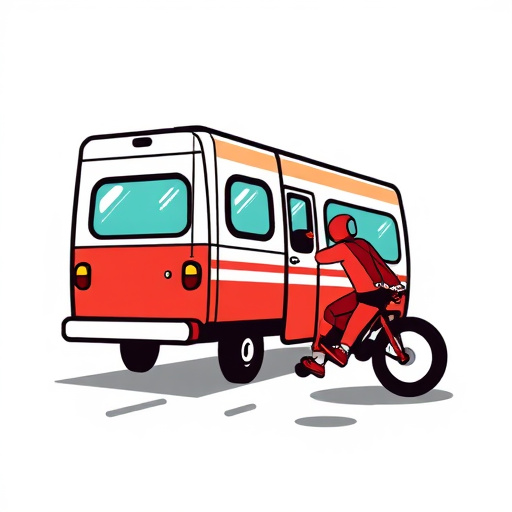
When selecting a material for direct-to-film (DTF) transfers, understanding your project’s specific needs is crucial. The right choice ensures optimal results and longevity of the final product. Begin by assessing the type of ink used; different inks require diverse substrates to achieve best adhesion and color accuracy. Consider also the film format: larger formats might demand sturdier materials resistant to tearing or warping, while smaller projects may suffice with more flexible options.
Next, factor in environmental conditions. If your DTF project is meant for outdoor display, weatherproofing is essential. Look for materials with UV protection and resistance to fading and moisture. For indoor use, consider factors like fire safety ratings and ease of cleaning. Lastly, budget plays a role; diverse material options cater to various price points, allowing you to align the choice with your project’s financial requirements.








